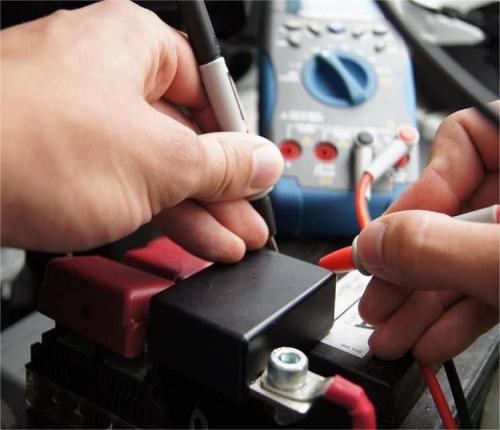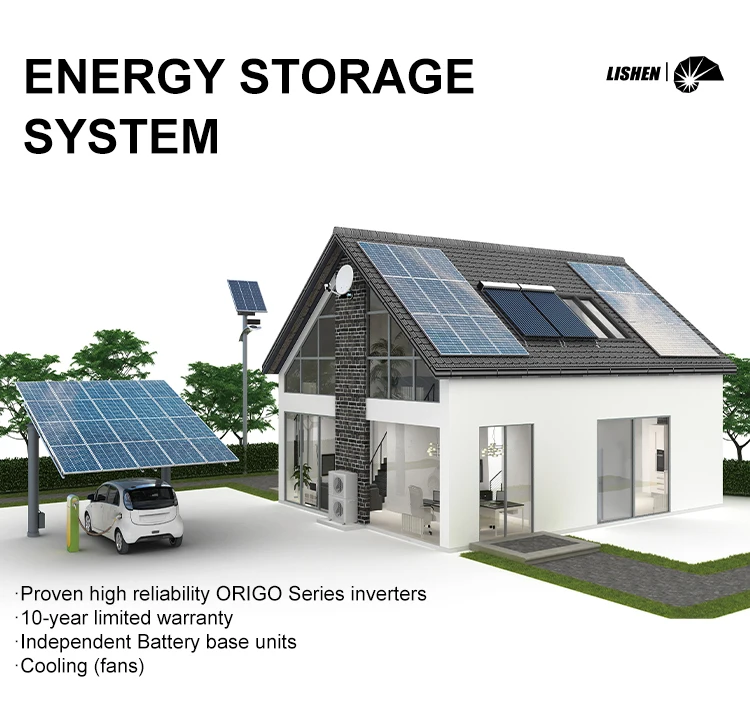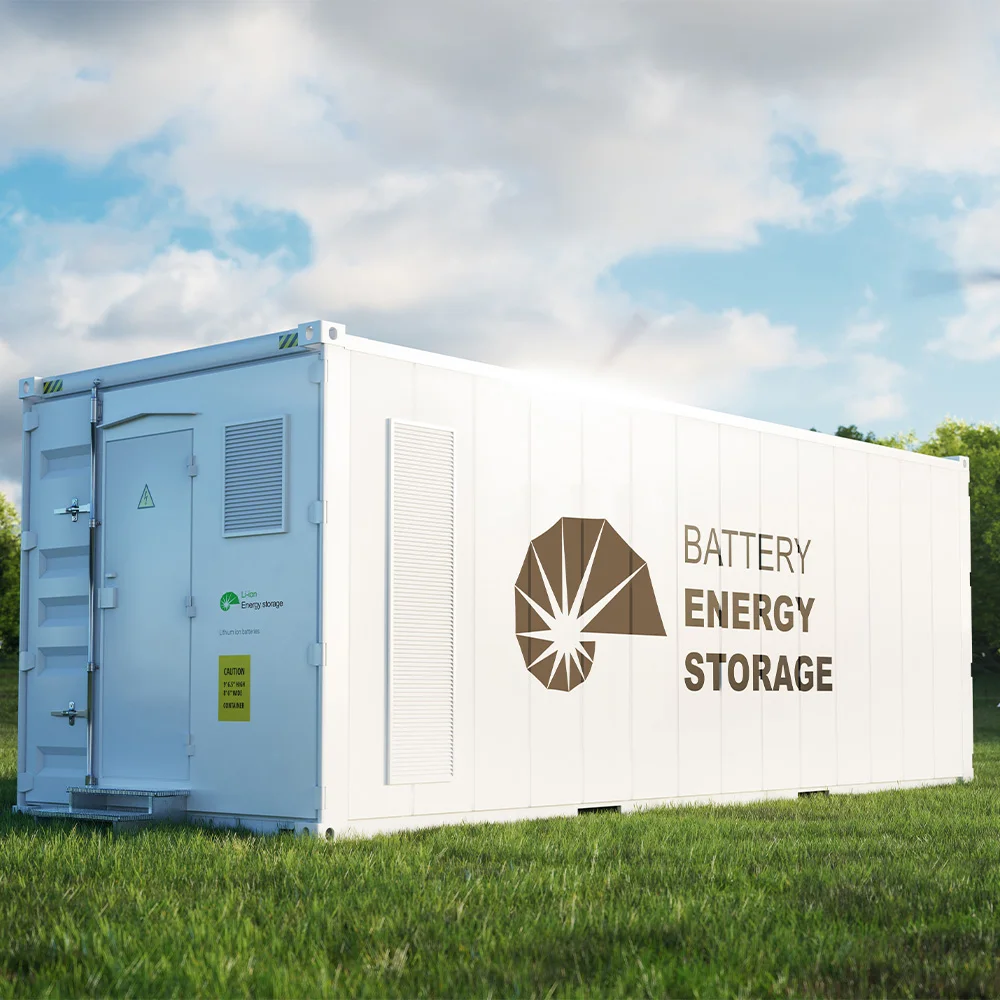Lithium-Ion Battery Care Guide
This is an inevitable requirement under the current circumstances where the scale of new energy development is increasing rapidly and the peak-valley difference in load is continuously widening, in order to enhance the regulation capacity of the power system and ensure the safe operation of the power system.
The function of energy storage can be simply understood as a "power bank". When wind power and solar power are at their peak output or when electricity demand is low, they are charged; when the output of wind and solar power is small or when electricity demand is high, they discharge. This can smooth out the unstable output of photovoltaic and wind power, increase the proportion of renewable energy, and also cooperate with conventional thermal and nuclear power sources to provide auxiliary services such as peak load regulation and frequency modulation for the power system operation, thereby improving the flexibility of the power system.
New energy storage has many advantages and is facing development opportunities. However, in the industry, it is believed that for future large-scale, industrialization, and marketization development, at least two hurdles, safety and cost, need to be overcome.
Safety is the bottom line for the development of new energy storage. "Currently, lithium-ion battery energy storage systems have not reached the goal of inherent safety. If not properly managed, there is a risk of combustion and explosion." We believe that in the future, we need to develop intrinsic safety technologies, that is, to achieve internal safety control before the battery overheats, and not rely on external fire-fighting measures after the overheating. The safety standards and safety risk assessment processes for new energy storage modules, battery cabinets, etc., still need to be improved and standardized.
In terms of cost, taking the currently mainstream electrochemical energy storage as an example, according to the current common cost calculation, even if it is charged and discharged twice a day, the cost per kilowatt-hour for a single charge-discharge cycle exceeds 0.5 yuan. Moreover, increasing safety investment will also increase the cost of the energy storage project. He suggests that in response to the application requirements of the power system, accelerate the promotion of advanced electrochemical energy storage materials with long service life, low cost, high safety, and high efficiency, as well as the research and development of large-capacity and long-duration new energy storage technologies.
Apart from safety and cost issues, current new energy storage development also faces some problems. For example, in some places, it is required that new energy must be accompanied by mandatory energy storage, but the proportion of energy storage for new energy is not scientific; the utilization of new energy storage is low and the utilization rate is low, and it is necessary to further clarify the grid connection and dispatching standards for new energy storage systems.
The technical routes of new energy storage present diversification. We should adhere to the principle of demonstration first, actively carry out technological innovation, and conduct pilot demonstrations in aspects such as the establishment of a market system and policy mechanisms. Through demonstration applications, we can drive technological progress and industrial upgrading.
"Currently, more than 80% of the new energy storage projects under construction are lithium-ion batteries, with the highest proportion; other types, such as flow batteries, lead-acid batteries, and thermal energy storage, account for a relatively small proportion. Lithium-ion battery energy storage has better comprehensive performance, but still needs to further solve safety issues and resource recovery problems; flow batteries are safe and also convenient for recycling and regeneration, but the system cost is high." The application scenarios of energy storage are very diverse, and the performance requirements for each scenario are different. Some have high power requirements, while others have large capacity demands. Energy storage technologies have their own characteristics, and in the future, multiple energy storage routes will develop in parallel.
"Nevertheless, 'high safety, low cost, and sustainable' is the common goal for the development of all energy storage technologies. We should accelerate the establishment of a green energy storage technology innovation system with enterprises as the main body, market-oriented, and combining industry, academia, research, and application."







